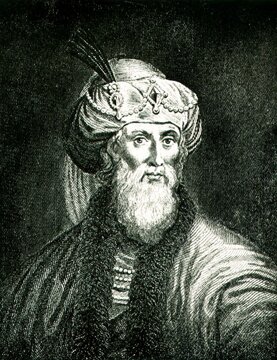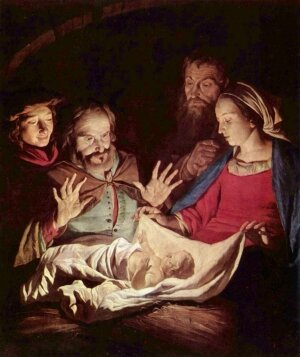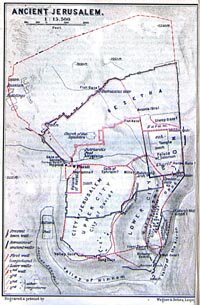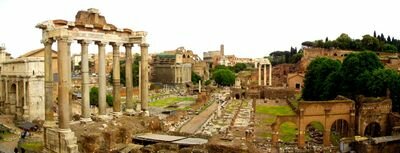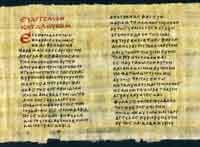 Koine Greek refers to the forms of the Greek language used in post-classical antiquity (c.300 BC – AD 300). Other names are Alexandrian, Hellenistic, Common, or New Testament Greek. Koine Greek is important not only to the history of the Greeks for being their first common dialect and main ancestor of Demotic Greek, but it is also significant for its impact on Western Civilization as a lingua franca (a common language used by speakers of different languages; "Koine is a dialect of ancient Greek that was the lingua franca of the empire of Alexander the Great and was widely spoken throughout the eastern Mediterranean area in Roman times" for the Mediterranean.
Koine Greek refers to the forms of the Greek language used in post-classical antiquity (c.300 BC – AD 300). Other names are Alexandrian, Hellenistic, Common, or New Testament Greek. Koine Greek is important not only to the history of the Greeks for being their first common dialect and main ancestor of Demotic Greek, but it is also significant for its impact on Western Civilization as a lingua franca (a common language used by speakers of different languages; "Koine is a dialect of ancient Greek that was the lingua franca of the empire of Alexander the Great and was widely spoken throughout the eastern Mediterranean area in Roman times" for the Mediterranean.
English: In the beginning was the Word, and the Word was with God, and the Word was God. 2He was with God in the beginning. Through him all things were made; without him nothing was made that has been made. In him was life, and that life was the light of men. The light [shines in the darkness, but the darkness has not understood it.] -John 1:1-5
Koine also was the original language of the New Testament of the Christian Bible as well as the medium for the teaching and spreading of Christianity. Koine Greek was unofficially a first or second language in the Roman Empire.
More...

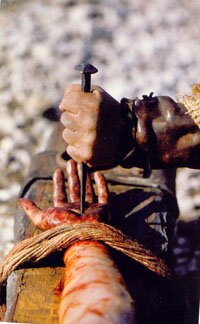 In the bible, Jesus (Greek: Ίησους (Iēsous), itself a Hellenization of the Hebrew יהושע (Yehoshua) or Aramaic ישוע (Yeshua) often refers to Himself as the Son of Man.
In the bible, Jesus (Greek: Ίησους (Iēsous), itself a Hellenization of the Hebrew יהושע (Yehoshua) or Aramaic ישוע (Yeshua) often refers to Himself as the Son of Man. 





